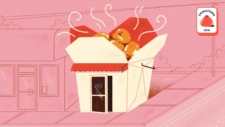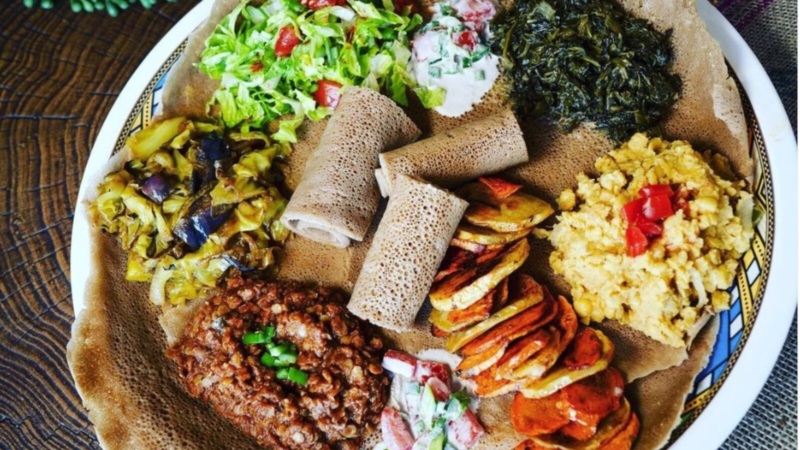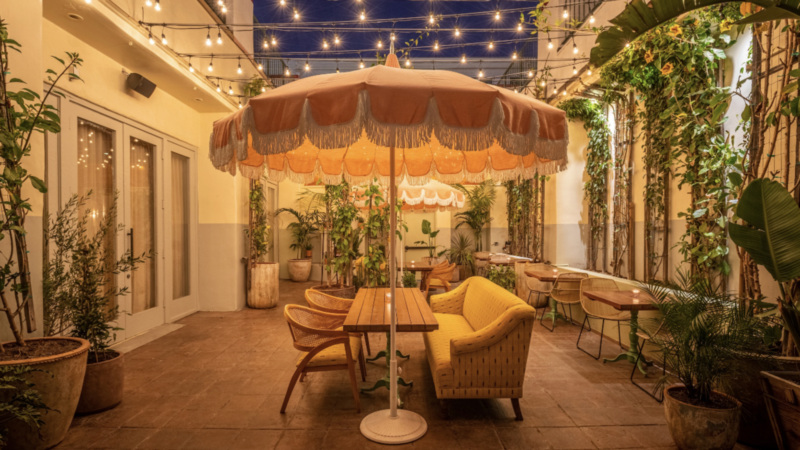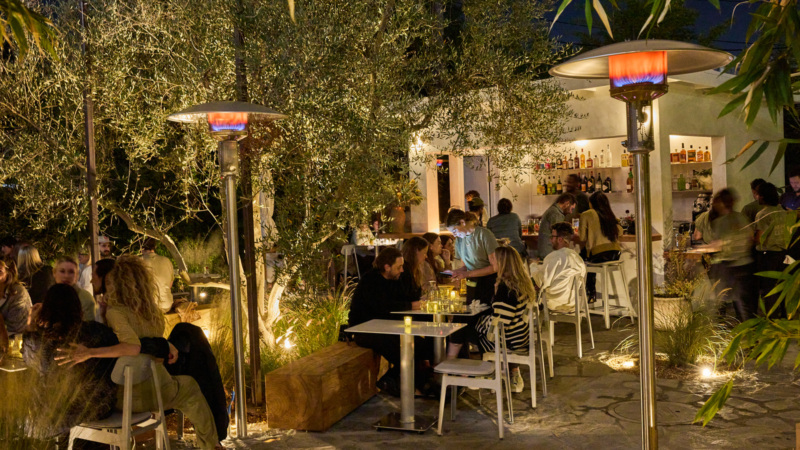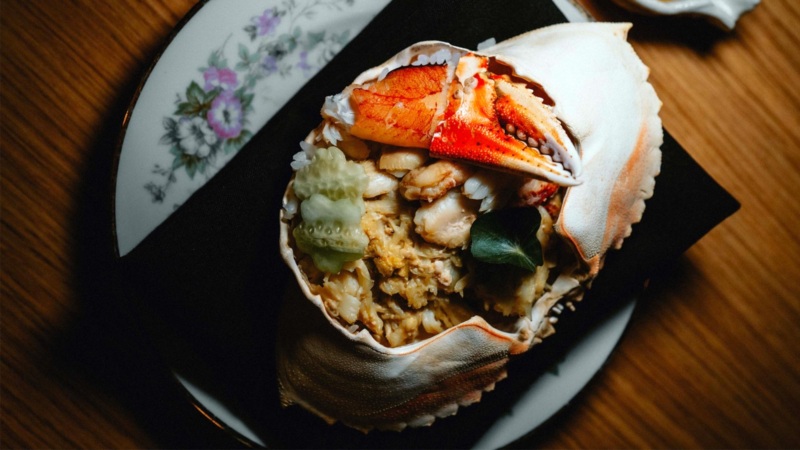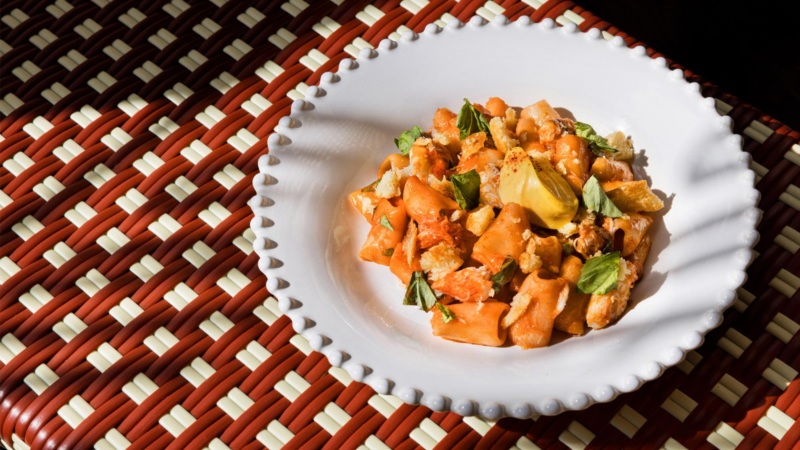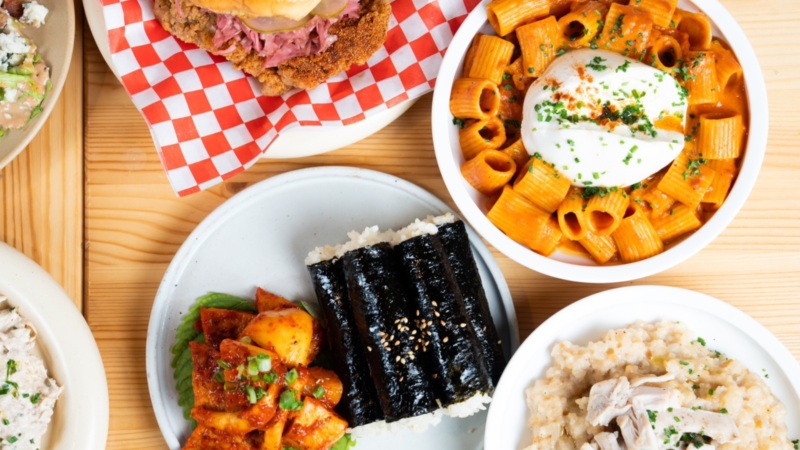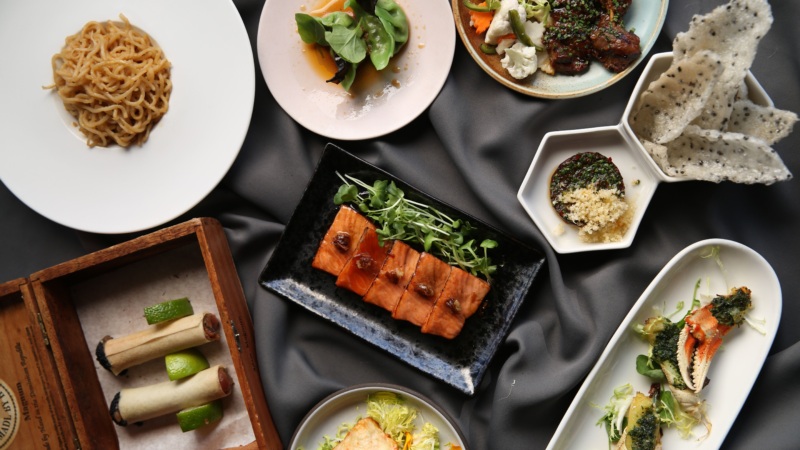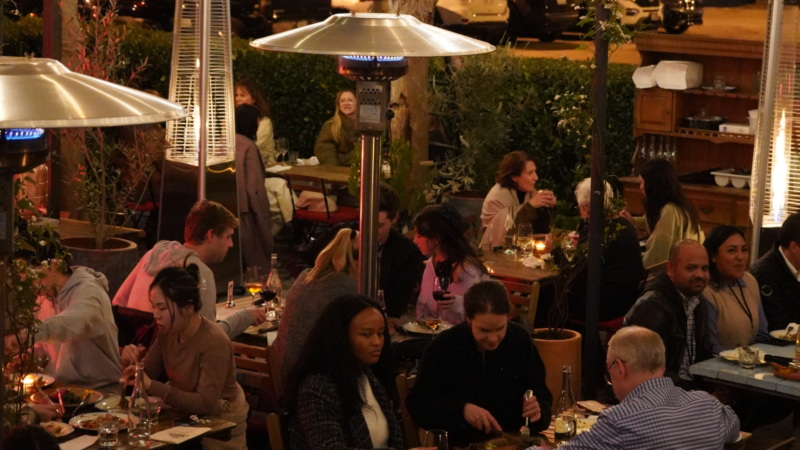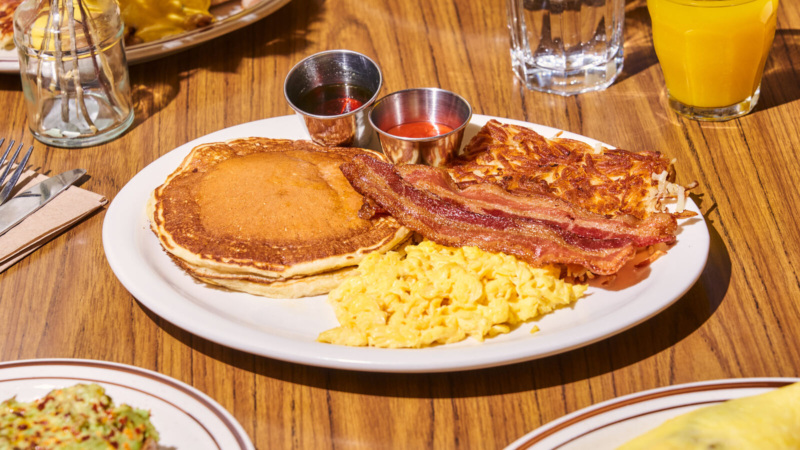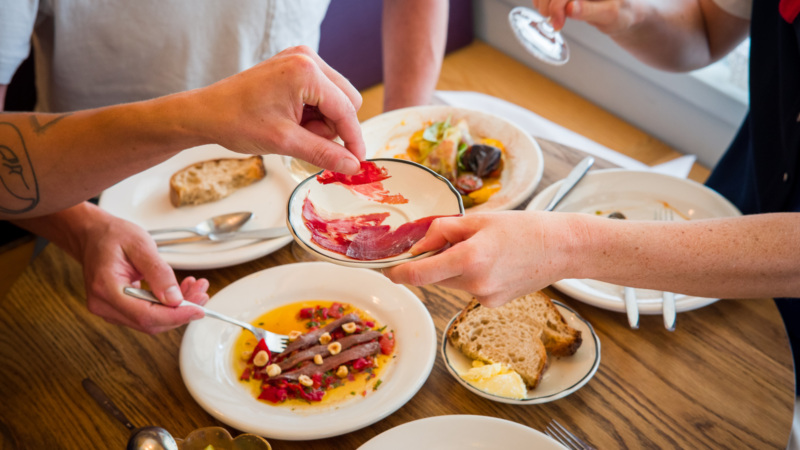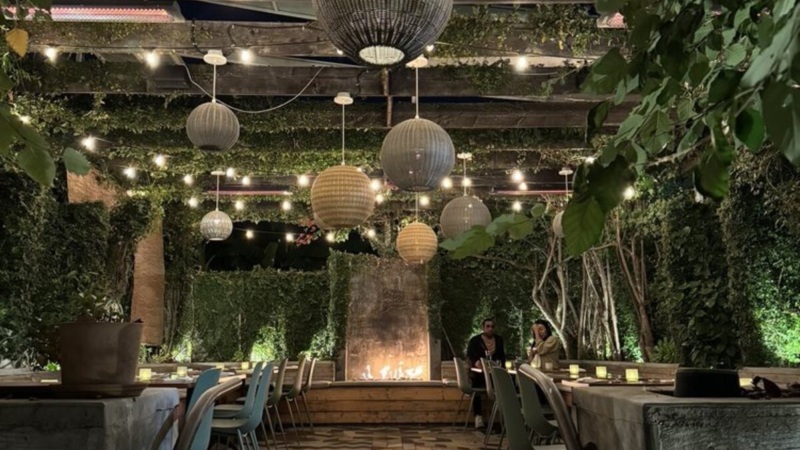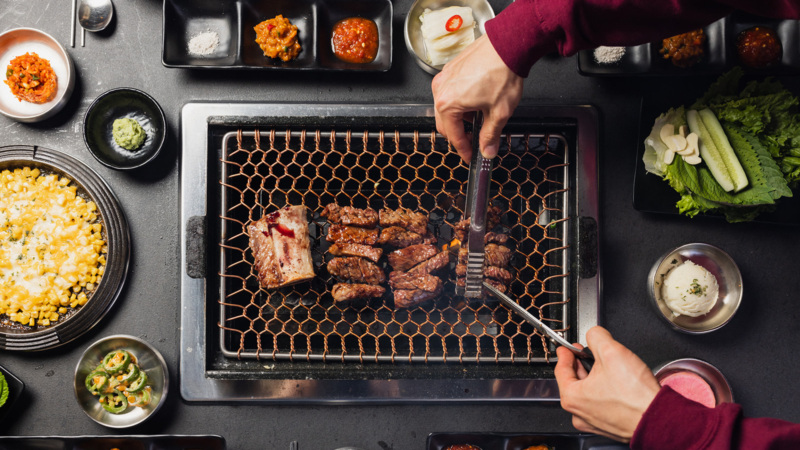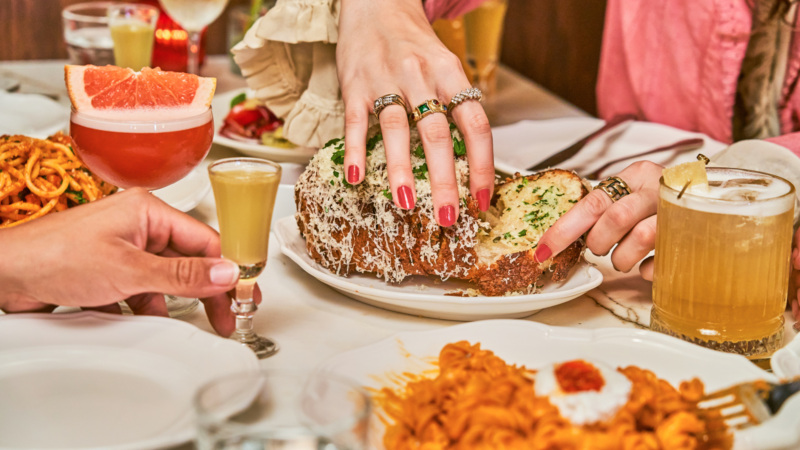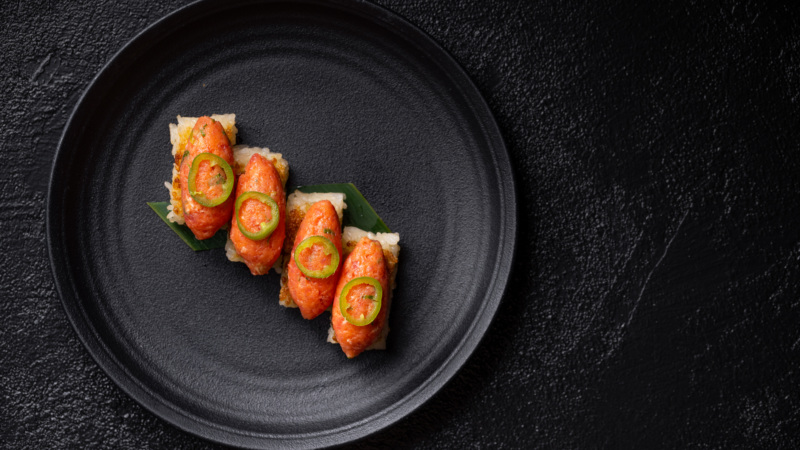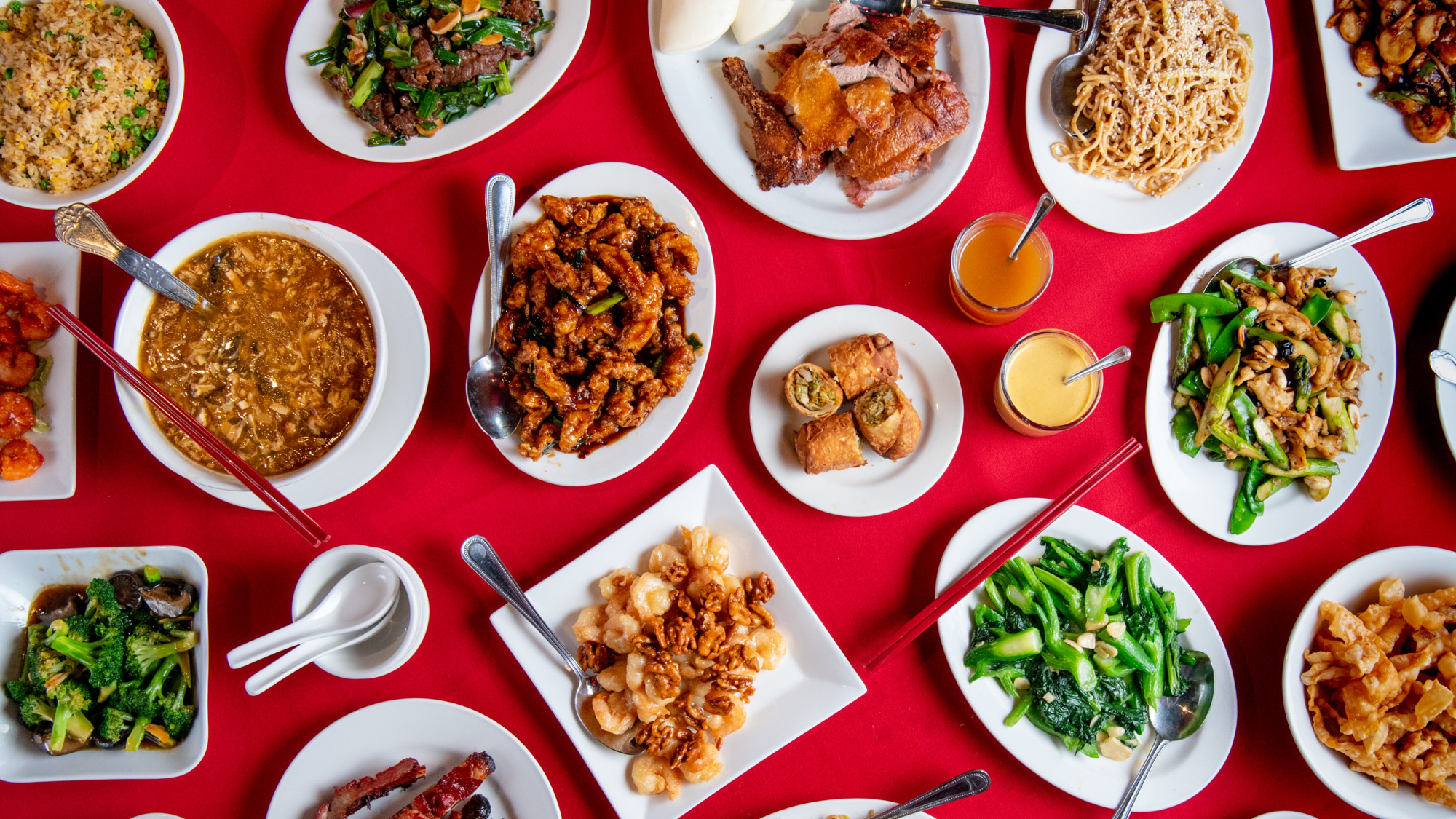
How Genghis Cohen Won Hearts, One Egg Roll (and a Big Helping of Shtick) at a Time
When Marc Rose first moved to Los Angeles almost 20 years ago, one thing he missed was the kind of Chinese dining he grew up eating around New York City. He longed for places with spacious leather booths and Lazy Susans in the middle of tables. The kind of restaurant that’s almost kitschy in its nostalgia, known more for Americanized versions of Chinese staples than authentic regional cuisine.
It’s not that restaurants like Jade Garden in Staten Island, one of his favorites back east, didn’t exist in L.A. There were plenty of takeout joints and perennial favorites around the city: Twin Dragon on Pico Boulevard, Hop Louie in Chinatown, and even Mr. Chow in Beverly Hills. In the San Gabriel Valley, dim sum restaurants, duck houses, and bakeries packed almost every block of Monterey Park, Alhambra, and San Gabriel. But Rose thought the Fairfax neighborhood, where he lived, was devoid of its own Chinese restaurant. He never even considered a nearby spot named Genghis Cohen.
“I didn’t want kosher food,” he says, as he thinks back now. “But when I finally went, I was instantly transported back to my childhood.”
And it never dawned on him that he and a business partner, Med Abrous, would own the place one day.
Located on Fairfax just above Melrose, along a strip now known more for its streetwear stores, bars and trendy restaurants than the Jewish bakeries and businesses that once thrived there, Genghis Cohen is an island of sorts. For almost 40 years, it has been a neighborhood staple, celebrated for great food, live music, a laid-back vibe, its potent Foo Foo drinks, as they’ve long been called, and warm hospitality — all swathed in a hefty dose of East Coast schtick.
That’s the magic formula Allan Rinde created when he opened the place in 1983, and which Rose and Abrous continue today. And it still transcends most definitions of what a Chinese restaurant can be.
“This place shouldn’t work, and that’s what we love about it,” Rose says. “That’s why we put so much effort and attention into preserving it. We intentionally set out to make sure it survives and succeeds.”
“Not just for our own nostalgia,” Abrous adds, “but for Fairfax, for L.A.”
Like most ex-New Yorkers, Rinde longed for the kind of Chinese food he devoured as a young Jewish kid growing up in Brooklyn. Back in the 1980s he had a music studio on Fairfax, and when he saw a pizza joint for sale across the street, he decided to change gears and open a Chinese restaurant. He knew about the myriad Chinese restaurants across the city, but he thought the neighborhood needed a place for big fat egg rolls with golden cratered exteriors, served with duck sauce and nasal passage-clearing mustard; chow mein chock-full of meats and vegetables; wonton soup; and crispy wonton chips served at the table with a small bowl of sweet, hot-pink duck sauce. He missed the restaurants he’d go to on Christmas Day with family, or the ones for takeout delivered in classic red-and-white paper buckets.
He hired a Sichuanese chef, Shu Hsuan Lin, who helped create the large and varied menu, similar to one you’d see at just about any neighborhood restaurant across New York City’s five boroughs. Classic versions of sweet-and-sour soup, kung pao beef, lo mein, and moo shu pork. Lin added his own specialties, things like the famous Crackerjack shrimp, Queen’s chicken (similar to General Tso’s), No Name duck, and tiny turkey dumplings. The giant dough-mixer left in the kitchen from the previous pizza restaurant is still used for the same handmade dumplings Lin devised. The duck sauce and hot mustard are still made in house. Things like the Kanton Knish, stuffed with shrimp, chicken and vegetables, are as popular as ever.
With his music connections, Rinde added eventually a small stage area, where both famous names like James Taylor, Jackson Browne, Bonnie Riatt, and swarms of up-and-comers, have played over the years, as well as comedians. Coupled with the Largo, now located on Robertson Boulevard, and the Kibbitz Room adjacent to Canter’s Deli, it helped Fairfax become a hub for live entertainment.
It wasn’t lost on Rinde that the corridor was also an enclave of businesses that catered to a robust Jewish community. He knew of the deep connection between American Jews and Chinese restaurants, one that could be traced back to New York when the two immigrant-filled neighborhoods bordered each other. He probably counted on that reciprocity for business, but made sure to weave both into the fabric of what Genghis Cohen would be. The name, which nonsensically mashes up the Mongolian ruler with a popular Jewish family surname, often elicits a giggle. (Although Khan was in no way Chinese, a point not lost on everyone.) Rinde knew homesick New Yorkers would be in on the joke, and flock there.
They did. And 20 years later, the same pull exerted itself on Rose and Abrous. To them Genghis Cohen had it all, the vibe, career staffers, the comfort food they craved. But it wasn’t just a Chinese restaurant, it was a bar, a music spot. It was a quick solo lunch or a late-night hang with friends. It ticked all the boxes.
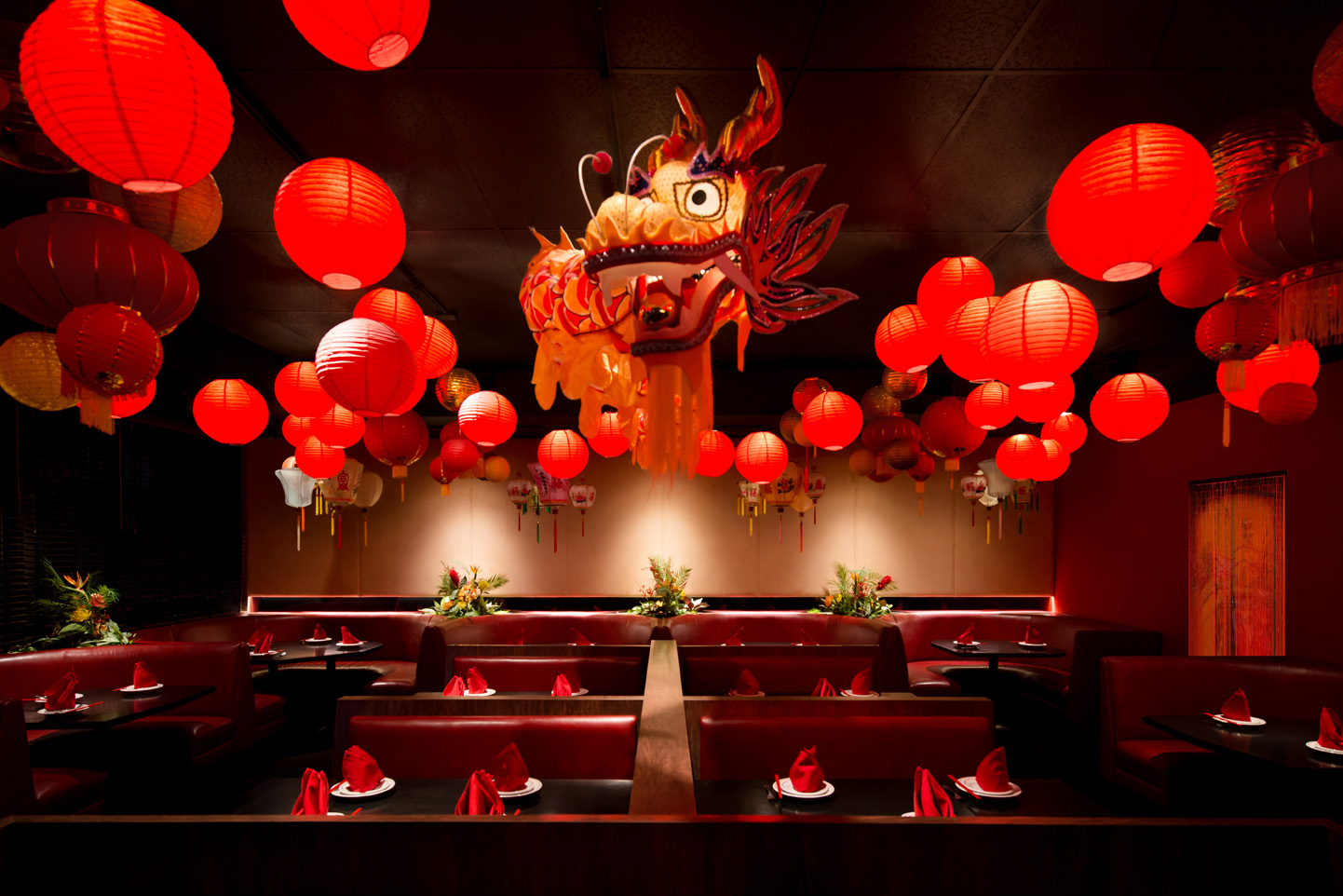
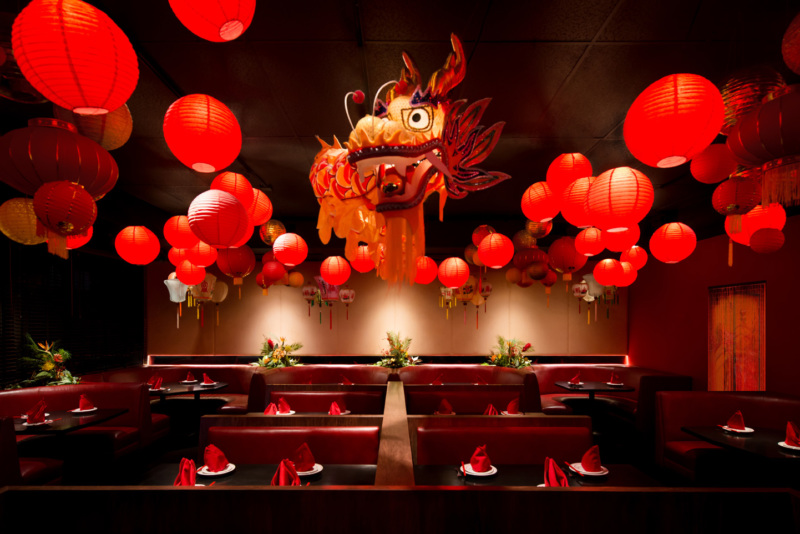
Today you’ll come across people who’ve only gone to Genghis Cohen for shows but have never eaten there, and people who’ve eaten there multiple times a week for the last 30 years but never seen a performance. That’s the beauty of the place. Plus, in normal times, it’s always open on Christmas Eve and Christmas Day, the busiest days of the year.
Rose and Abrous took over ownership from the Kiu family, which operated Genghis Cohen from 1997 to 2015. Raymond Kiu was the longtime maitre d’, and when Rinde was ready to retire, he happily sold the business to Kiu. Kiu’s family kept things exactly as they were, from the almost 200-dish menu to those Foo Foo drinks — like the Jewish Mother Bloody Mary. When the two young guys from New York acquired it, already regulars themselves, they weren’t out to destroy what already worked.
“There was a little panic when the change of ownership sign went in the window,” Rose recalls. “We had to earn everyone’s trust. It wasn’t our intention to take everyone’s favorite local American-Chinese restaurant and change it. We wanted to keep it alive but also bring it into, you know, a more contemporary vision. We didn’t do anything for almost three years, and even then, we didn’t close for the renovations.”
▪️
While the Fairfax District went through significant changes in the 2000s, with family-run bakeries and businesses turning into trendy seasonal restaurants, burger joints and streetwear stores, Genghis Cohen remained its own little island. So, to quell suspicions, the new owners closed the restaurant for exactly one lunch, on a Monday. They launched a new menu by dropping a few less-popular dishes (there were still over 100 items listed). They began using organic chicken and sustainable seafood, which goes undetected unless you ask about it. For Rose and Abrous, It’s not so much about flaunting the new, just making improvements that they themselves would have appreciated as customers.
Cocktails got the biggest boost, thanks to The Spare Room’s Yael Vengroff, who overhauled the drinks program (Abrous and Rose also own the Hollywood Roosevelt hotel bar). She added better spirits for classics like the old-school mai tai, and added “new school” and “Hebrew school” versions (the latter has a float of Manischewitz). In true Genghis Cohen spirit, she created fun new cocktails like the Shabbat Ranks, a tropical-leaning drink with tongue-in-cheek references to a certain dance hall hitmaker. They’re still Foo Foo, maybe a bit more Foo-ier.
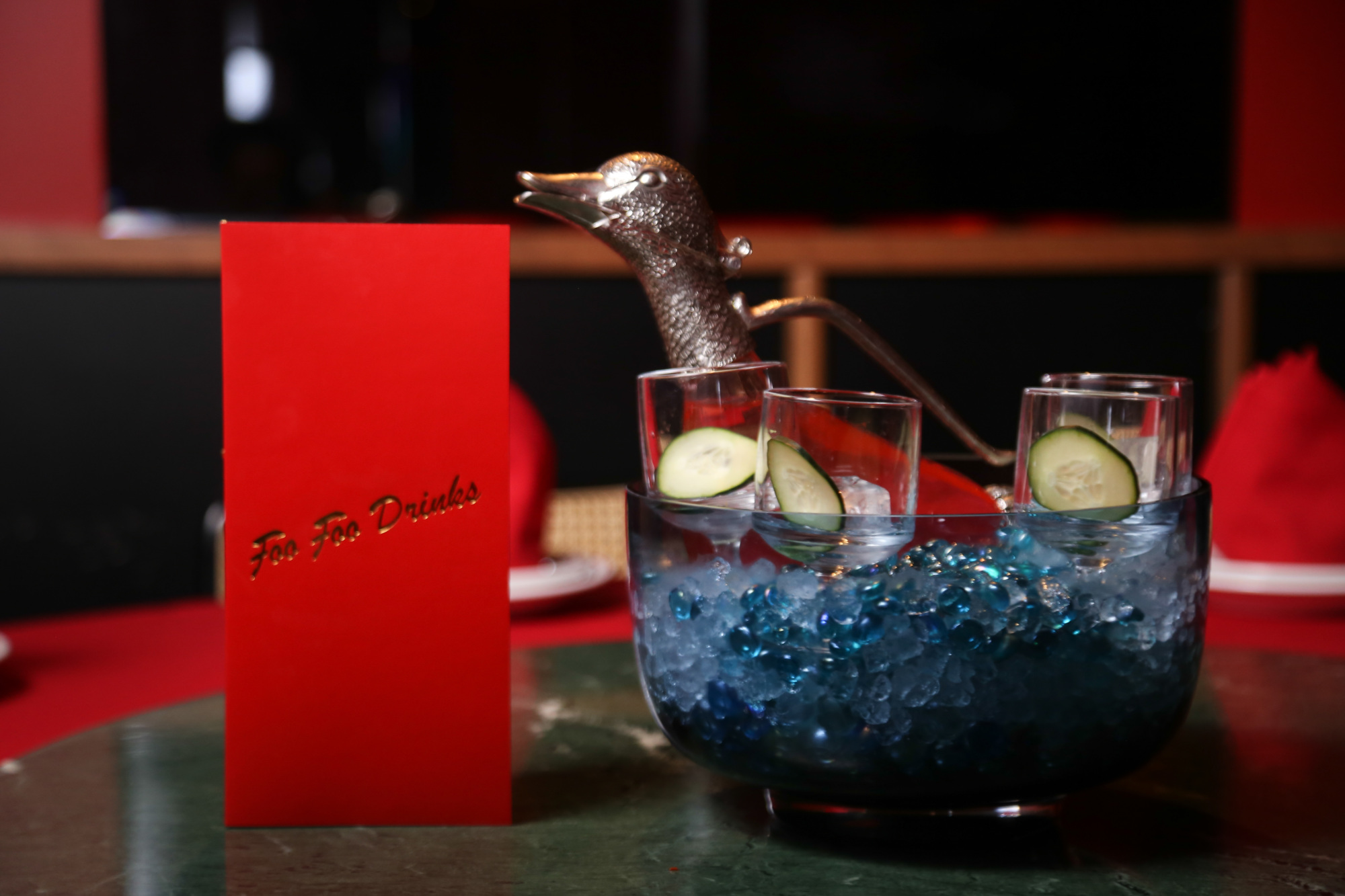
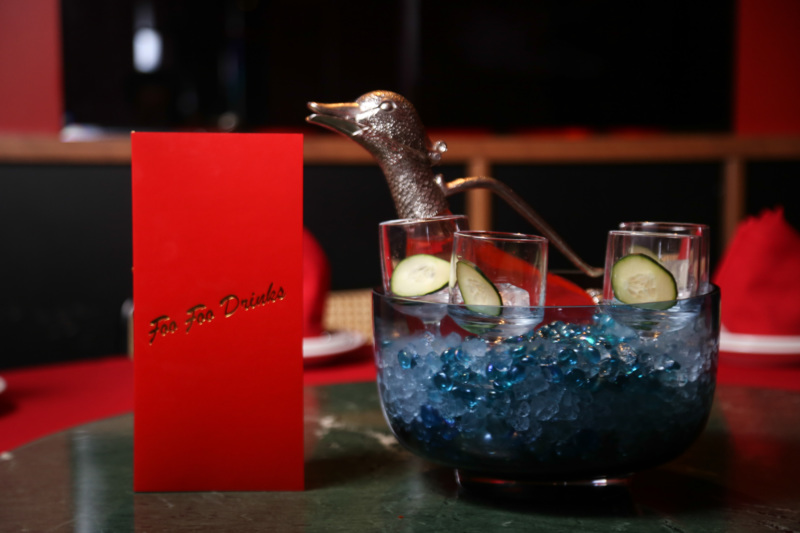
One big draw has always been the staff, some of whom have worked at the restaurant since the 1990s. Hugo Martinez, a longtime server, recounted to the website Los Angeleno tales about lines of people waiting to get in its heyday, and sightings of celebrities like Luther Vandross, Barbara Streisand, and Jerry Seinfeld. (Genghis Cohen was the inspiration for that famous Seinfeld episode, “The Chinese Restaurant.”). Similarly, server Bolortuya “Bogie” Kolodzeij, who clocked more than 15 years waiting tables, walked in looking for a job thinking the restaurantwas Mongolian, like her. It didn’t matter. She stayed. There are cooks who have been there since Clinton was in office.
“I can’t say many of my friends from high school have even been once, because of where we lived,” remembers food writer Tony Chen, who grew up in the San Gabriel Valley. ‘“The first time I went was right before the Kiu family sold it. The duck was great, and the honey walnut shrimp. The fact that the original owner opened out of a jocular homage to his New York past and not lay claim to any kind of authenticity … He wasn’t trying to oppress or supersede the culture in any way. He treated it with a delightful touch. Even the Kius didn’t claim to be auteurs of Chinese cuisine.”
In other words, Genghis Cohen is what it is.
And yes, COVID-19 and the shutdown has altered things; both the dining room and music venue remain closed. But because the restaurant was already set up for takeout and delivery, it has continued to do a robust business for both food and bottled cocktails. The owners have toyed with ideas of partnering with local musicians and comedians for remote shows held from the stage. But like every other restaurateur right now, their priority is simply to keep the place afloat, the staff employed, and the customers happy.
“We want to find ways of continuing the legacy of the brand so people can experience it, even if we don’t personally make any money from it,” Rose says. “But honestly, we’re just trying to establish the business, so it lasts another 35-plus years.”





